Sexual Violence in Arts Education After Me Too: Current Status and Policy Issues
30 Jan, 2025
Introduction
The 2018 Me Too movement in South Korea revealed alarming levels of sexual violence in arts education. This comprehensive study by the Korean Women's Development Institute examines the unique characteristics of sexual violence in conservatories and art schools, revealing how the apprenticeship model and hierarchical structures create environments where abuse thrives.
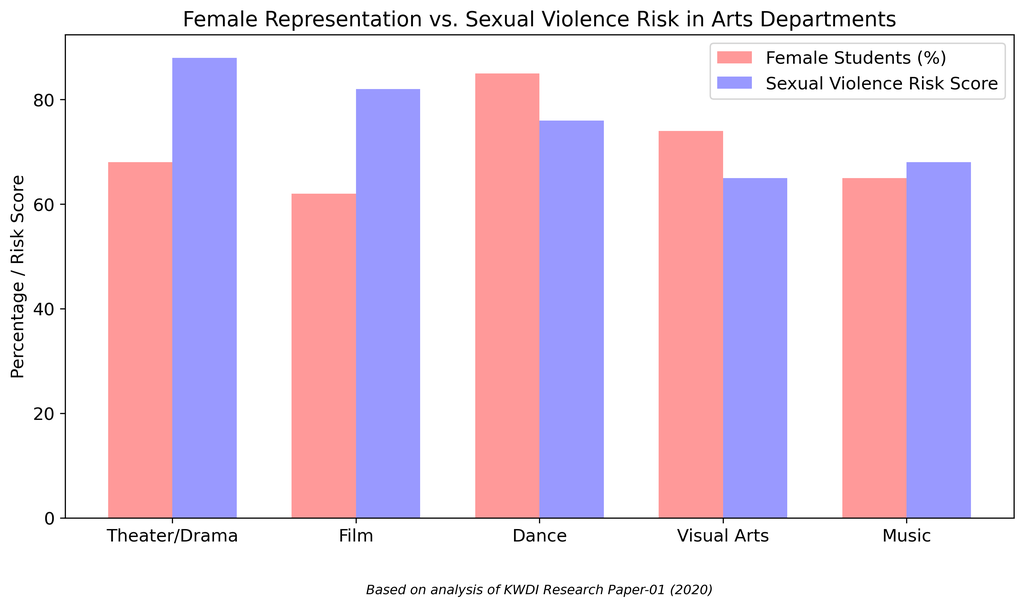
Key Findings
Prevalence and Characteristics
The research uncovered that arts and sports departments had significantly higher rates of sexual violence compared to other university departments. In the culture and arts sectors, power dynamics create particularly vulnerable situations:
- Male professors hold disproportionate power despite female students being the majority in most arts departments
- The "artist-mentor" relationship extends beyond normal teaching boundaries
- Professors serve as crucial industry gatekeepers for students' future careers
- "Artistic expression" is often used to justify inappropriate sexual behavior
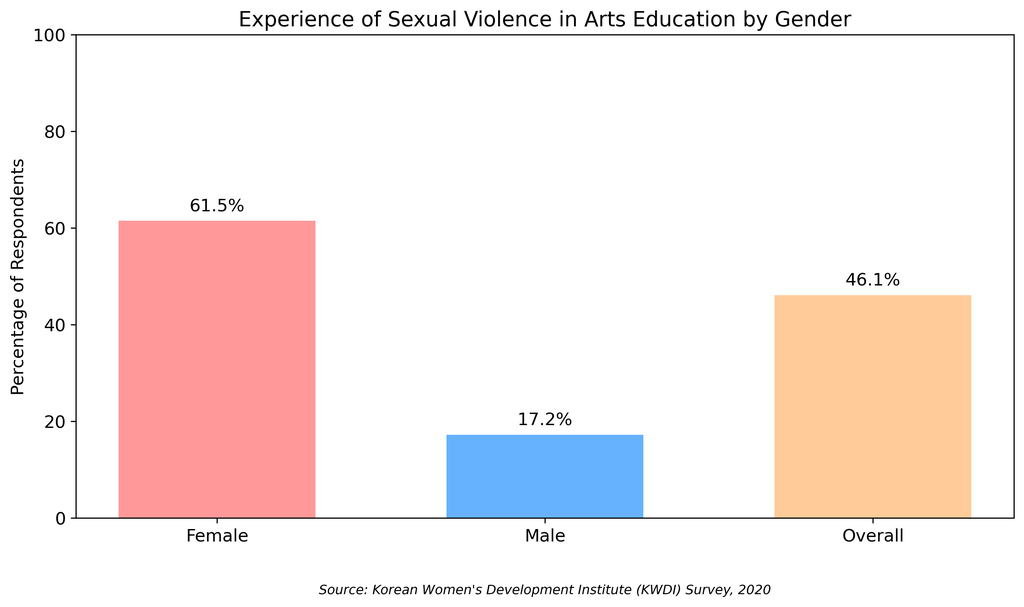
High-Risk Environments
Sexual violence occurs in multiple settings within arts education:
- Classrooms (through inappropriate examples or demonstrations)
- Research and practice rooms
- Mandatory social gatherings and drinking events
- Private meetings with professors or visiting artists
Physical contact during practice sessions creates particularly ambiguous situations without clear boundaries or consent guidelines.
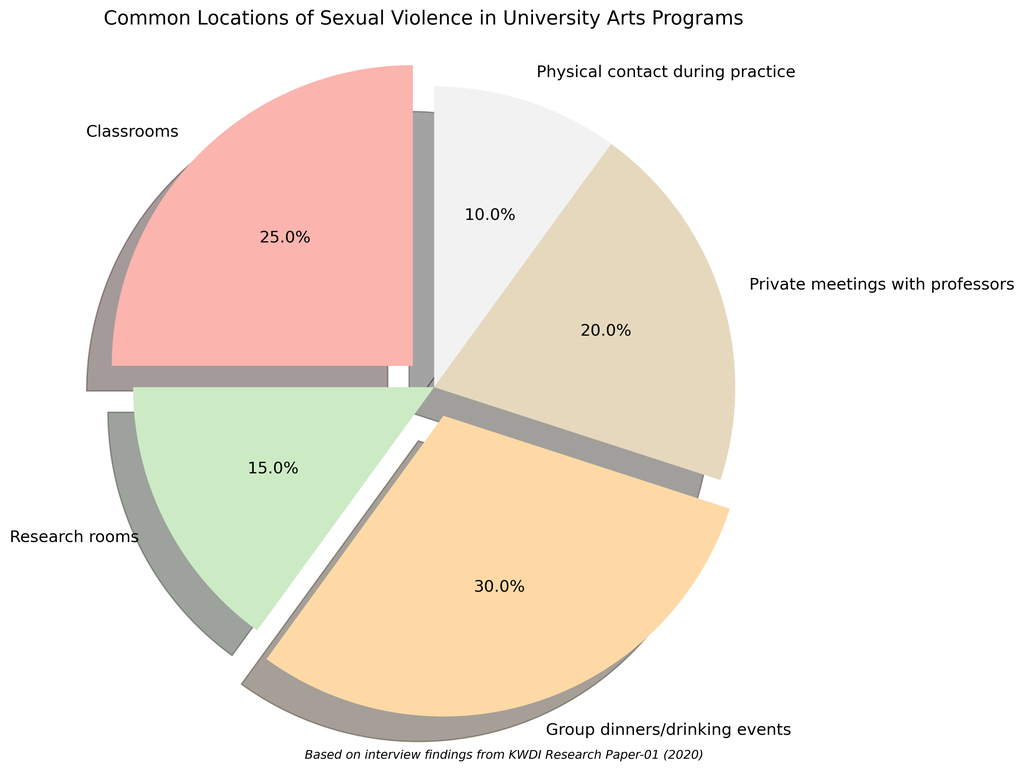
Structural Factors
The study identified several institutional failures that allow abuse to continue:
- Universities lack adequate support systems for victims
- Grievance counseling bodies have low organizational status and insufficient resources
- Prevention education is inconsistent and often ineffective
- Disciplinary actions against perpetrators are frequently lenient or poorly enforced
- Victims face secondary trauma during investigation processes
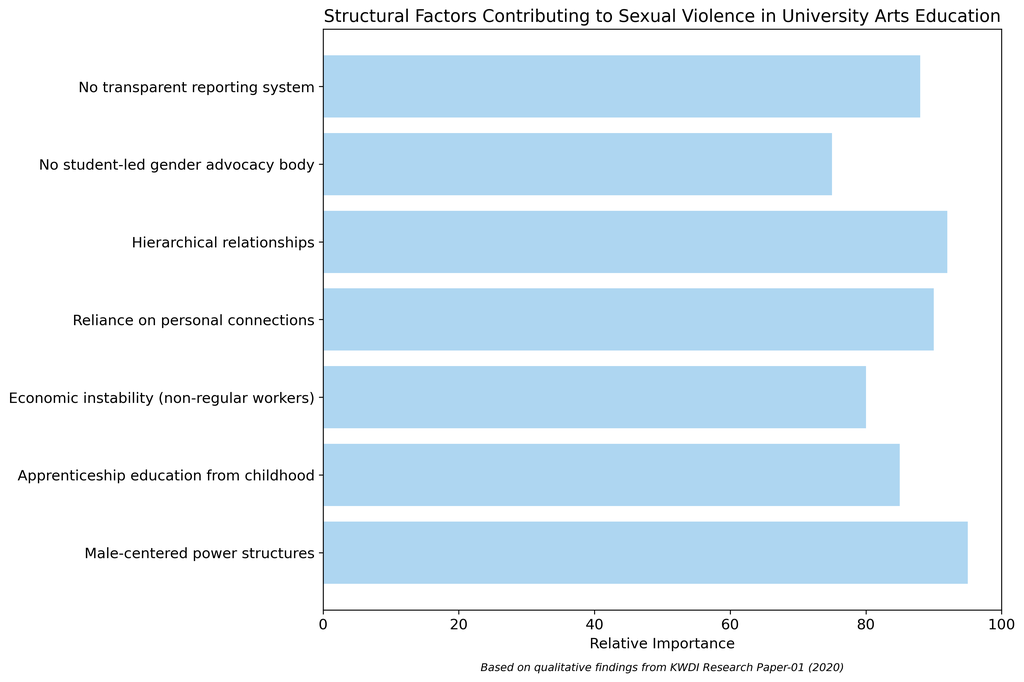
Student Responses and Activism
The Me Too movement empowered students to speak out through various channels:
- Social media disclosures and anonymous online communities
- Hand-written posters in university spaces
- Student government emergency committees
- Demands for institutional accountability
Students organized to collect incident reports, demand university action, represent victims in disciplinary processes, and provide support resources. However, they frequently encountered resistance from institutions and faculty.
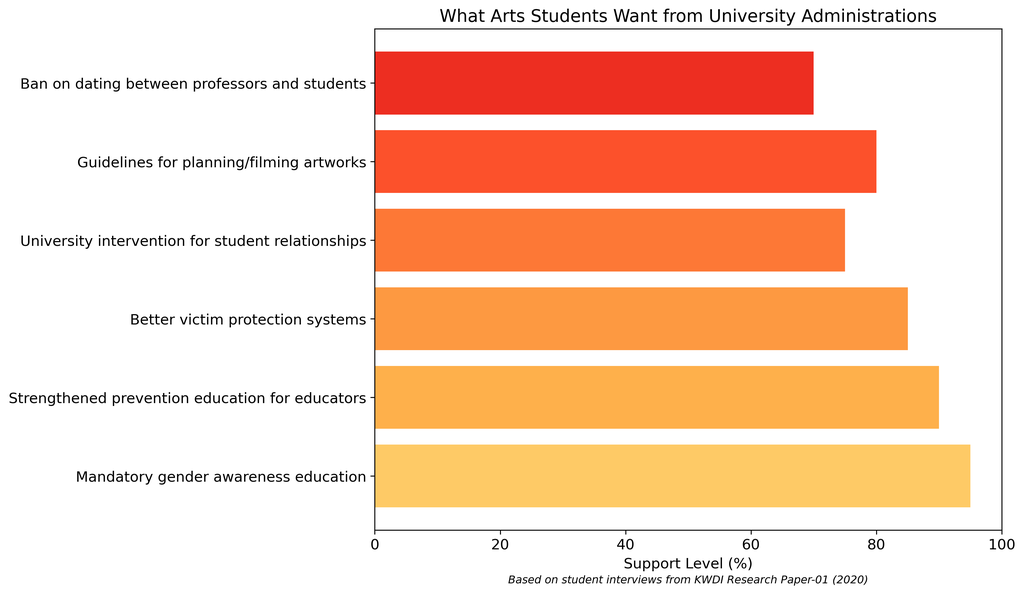
Recommendations for Change
The research proposes comprehensive policy improvements:
- Ministerial Responsibility: The Ministry of Education must strengthen oversight, modify relevant laws, and incorporate sexual violence prevention into university evaluations
- Grievance Handling: Establish stronger legal foundations for grievance bodies, ensure adequate staffing with trained personnel, and improve confidentiality protections
- Conservatory-Specific Policies: Increase inter-ministerial cooperation, share perpetrator information between agencies, and expand gender awareness curriculum
- Regulatory Improvements: Restrict perpetrators from resigning to avoid consequences, improve victim notification procedures, and enhance prevention education effectiveness
Conclusion
Creating safe educational environments in arts fields requires addressing the unique power dynamics and cultural factors that enable abuse. This research reveals both the scale of the problem and provides a roadmap for institutional and policy change.
Sources:
- Download charts (.png) - Contains all chart files used in the report
- Download full report (PDF) - PDF version of the complete research report
- Original research: "Current Status of Sexual Violence Against University Students in the Culture and Arts after the Me Too Movement and Policy Issues" (2020) by Mijeong Lee, Deuk-kyoung Yoon, Heasang Jeon, Sooyeon Jung, Sung-Mi Lee, Korean Women's Development Institute